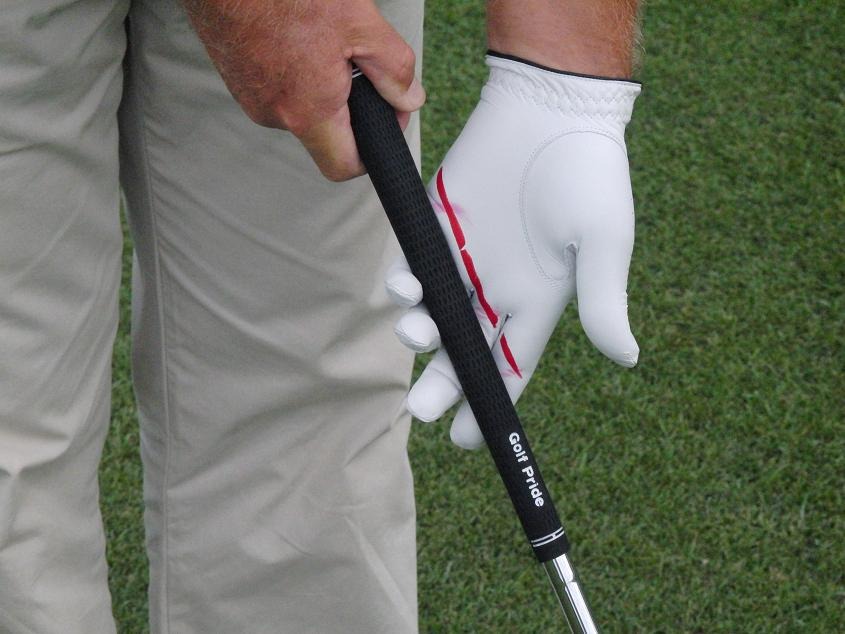
Golf is a sport that requires skill, precision, and technique. One of the fundamental aspects to master this sport is the correct grip of the club. The grip is the only connection between the golfer and the club, and its importance cannot be underestimated. In this complete guide for beginners, we will explore the relevance of grip in golf and provide detailed tips on how to grip the club correctly to improve your game.
The importance of grip in golf
The grip is the only point of contact between the player and the club, so it has a direct impact on the accuracy, power, and consistency of your shots. A proper grip allows you to maintain control of the club throughout the swing, resulting in more precise and consistent shots.
In this way, it is necessary to develop skills to understand the tool you have in your hands and acquire the ability to handle it to build the rest of the swing progressively and without the body getting in the way of this process. A poor grip can lead to a series of problems in the swing, such as compensations, excessive clubface rotation, loss of power, and lack of control over the direction of the ball. Therefore, mastering the grip is fundamental for any golfer aspiring to improve their game.
What is a correct grip
At Blackiron, we like to start with the basic grip, also known as the “baseball” or “10-finger” grip, as it is the most suitable for beginner players. If you are right-handed, start by placing the club in your left hand so that the grip rests at the base of the fingers, not in the palm of the hand. Make sure that the index finger and the thumb form a “V” pointing towards your right shoulder.
Now, place your right hand on the grip so that the thumb of the right hand comfortably fits on top of the club. The fingers of the right hand should gently wrap around the club, with the pinkie of the right hand lightly touching the top of the left hand.
The functions of the left hand are to guide and support
The functions of the right hand are to release, strike and compress.
Work on your grip pressure
It is important to maintain a balanced pressure in both hands throughout the swing. Do not squeeze the club too tightly with either hand, as this can cause tension and stiffness in the swing, hindering the desired action. Instead, try to maintain a firm yet relaxed grip at all times, allowing you to feel both the weight and the position of the clubface. Remember this key concept: Relaxed arms, firm fingers. We recommend maintaining a pressure of between 4 or 5 out of 10. Don’t worry, your club won’t fly away. The grip is designed like a plug so that the club does not slip out of your hands; there is no need to squeeze harder than necessary.
Practice regularly
The golf grip is not learned overnight. Like any other skill in golf, mastering the grip requires regular practice. Dedicate time in each practice session to work on your grip, and make sure to pay attention to the details that your instructors have pointed out. Remember that to learn the correct grip, you will need to release it and grip it again many times. It’s not enough to have it properly held after your instructor has corrected you. You have to get into the habit of releasing it and gripping it again until you internalize it into your routine. Over time and with constant practice, you will feel more and more comfortable, and you will see how it translates into your game.
Conclusion
The grip is one of the most important fundamentals in golf, and playing with a proper grip can make a big difference in the performance of your shots. At Blackiron, we encourage you to keep working on your grip whether you are a beginner or an advanced player. We hope this guide has provided you with the necessary foundations for a good grip. However, we want to warn you that each hand is different, and our team of instructors will be happy to help you by offering personalized advice that will help you improve your grip and develop a more fluid and repeatable swing.